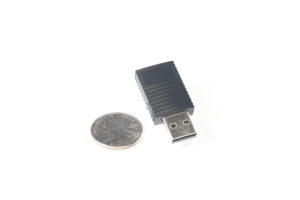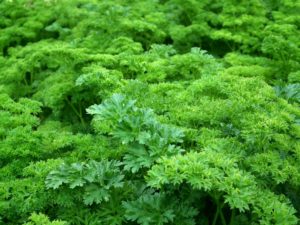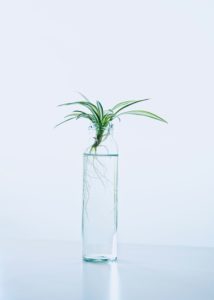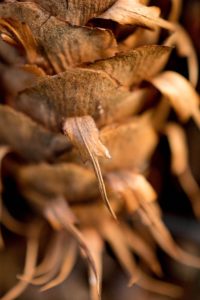What is monitoring in hydroponics?
Monitoring in hydroponics is maintaining regular data on conditions of greenhouses or grow areas.
Parameters that need to be measured in hydroponic greenhouses
For plants to successfully grow to harvest, they need optimal conditions. When monitoring systems are in place, these conditions are often called parameters. Parameters can refer to:
- Acceptable temperature ranges
- Ideal humidity levels
- Balanced macro and micronutrients
- Light radiation
- CO2 levels
- EC
- pH levels
- Photoperiod
- and more.
Each aspect is important to achieving the best harvest.
What are advanced methods of monitoring for hydroponics?
The technological revolution of the agriculture industry revolves around sensors. These devices read data for the parameters programmed for optimal growth. Most modern greenhouse sensors provide and record data in real time. Some allow data logs for future reference, or for comparison.
Sensors start the whole process. They can be a single monitoring point, or a starting point for automated greenhouse solutions. The sensor records data and sends it to a connected cloud device or gateway. From there, the information is available to the end user. If needed, growers can adjust the parameters to fit the ideal range. Monitoring in hydroponics, especially with advanced technology is incredibly accurate and versatile.
Why is monitoring important in hydroponics?
Plants need ideal conditions to deliver an optimal harvest. However, they do not just need the best conditions before you harvest your yield. Throughout the plant life cycle different needs take priority. While a budding plant may need more potassium, a vegetative plant needs more nitrogen. Smart monitoring and control systems allow growers to optimize resources. This allows them to get the largest yields from their crops. Unfortunately, monitoring every parameter manually takes a lot of time. It also takes manpower, and it leaves plenty of room for inaccuracy due to human error. For serious growers, accuracy is a key component to success.
What parameters are some of the most important to an optimal yield? Here is an overview of the most important aspects for monitoring in hydroponics.
pH
pH, or potential hydrogen, measures a given solution’s acidity and alkalinity. Some plants thrive with a high or low pH, while others do well in neutral conditions. Plants can take some variation in the pH levels of their environment. But that tolerance can only stretch so far. If pH levels get too far out of a plant’s ‘comfort zone’ they can experience pH lockout. pH lockout is when pH reaches intolerable levels and a plant cannot take in nutrients as a result.
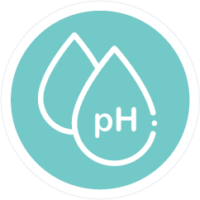
EC
EC is also referred to as electrical conductivity. By measuring small currents in liquids, you can determine the concentration of salts within a solution. In hydroponics, nutrient solution is water mixed with elemental salts. This solution provides nutrients in a form that plants can use. EC is a helpful measurement to keep plants healthy by ensuring they have the right amount of nutrients available to them. Too little, and plants fail to thrive. Too much, and plants can suffer chemical burns, or nutrient burns, or nutrient toxicity. In the worst cases, plants become unable to take in water and other nutrients they need.
Note: EC does give the concentration of nutrients. But it does not detail the content of nutrients within solutions.
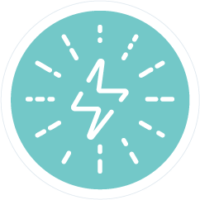
Temperature
Temperature in hydroponics is important to measure. Whether it is in ambient conditions, like the air around plants, or in the nutrient solution plants take in. In small scale hydroponic systems, growers often record the temperature of nutrient solution by hand. To do this, they use a submersible thermometer. Temperature for the grow area is often measured with a wall or hanging thermometer.
Manually recording temperature can be time consuming. Moreover, it can lead to inaccurate or fluctuating readings. This happens when temperature is not monitored from consistent points every time. A single point of thermal readings poses its own problems too. Temperature changes from one point of the grow area to another. This is especially true as the thermometer gets closer to the plants and grow lights. Advanced hydroponic monitoring systems make use of several sensors. This ensures that they accurately describe heat readings within the area.
Keep in mind that temperature drops when lights are off, which adds another variable to monitoring by hand.
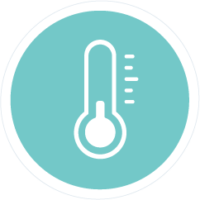
CO2
CO2 is a crucial element to a good harvest. Plants need to be able to take in enough CO2 to grow properly. Carbon dioxide (CO2) helps crops generate larger harvests. However, it also speeds up the growth process, which reduces the time until you can harvest. Many hydroponic systems make use of CO2 enrichment systems. If you are adding CO2, it is important to monitor the concentration.
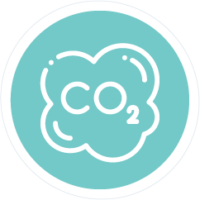
Humidity
The amount of humidity in a greenhouse or grow area needs to be monitored and controlled. Too much humidity, and plants will not be able to transpire.
Transpiration is the process wherein plants release moisture and oxygen. If they cannot transpire, they eventually stop taking in nutrient solution. That is because the plants already have too much moisture they cannot get rid of. Of course, too high humidity can also invite any number of fungi and pathogens. If humidity is too low, plants dry out and may even get scorched. Hygrometers are the typical tool used to measure humidity. In greenhouses with monitoring systems, sensors designed to measure humidity often have a similar name.
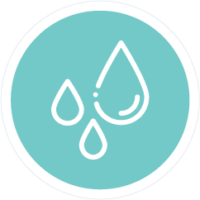
Power
Electricity is another factor that growers often monitor. Power sensors are important if you are remotely monitoring greenhouses. Much like any other factor you need to check up on, your equipment can pair with sensors. These sensors integrate into your system to alert you if equipment malfunctions, or there is a power outage. If your lights lose power in an important growth stage, you will know.
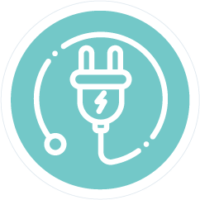
How greenhouse sensors work
Greenhouse monitoring sensors may come hardwired or wireless. Hard wired sensors typically have two wires that plug into the sensor body. These wires lead back to a computer that logs and displays the data. Wireless sensors have a built in radio transmitter. The transmitter sends signals to a device whenever its records data. A program shows the data so growers can see it, even when they are not in the field.
Wireless greenhouse sensors often use Bluetooth technology to pair with a main device and transmit data. However, in IoT technology BLE or Bluetooth Low Energy is the most efficient and effective connection. It is easy to pair BLE devices and works much like traditional Bluetooth connectivity. Bluetooth Low Energy uses less energy than regular Bluetooth. That makes it ideal for battery operated, remote devices. BLE maintains a similar distance range to other Bluetooth technologies. BLE is also compatible with most major operating systems.
Each sensor reads a specific value by design. Some sensors are humidity sensors, while others may read data for heat or pH. If you want to measure multiple data points, you need multiple sensors. Many greenhouse sensors have the ability to record data as it streams to the platform. The historical data is logged either on a hard drive, or a cloud based platform. Users often download a program or smartphone app for easy access to their information.
Sensors should be placed in the nearest location to the data they are intended to monitor. They can be mounted near ventilation units, walls, floors, or in the grow area. Submersible sensors allow growers to see conditions within aquatic environments. This is especially helpful for monitoring the parameters of a nutrient solution or aquaponics tank. Sensors that monitor water and nutrients do best when placed near irrigation lines.
Why use monitoring systems for greenhouses?
Here are some benefits of using a monitoring system for a greenhouse:
- Precise, accurate data readings
- Ease of use
- Allows remote monitoring
- Available in hardwired and wireless options
- Record data for future reference
- Receive up to the minute testing information
- Versatile uses – easily monitor different environmental conditions
- Cost efficient
- Alerts when data recorded is out of optimal range
- Remote monitoring information is always available
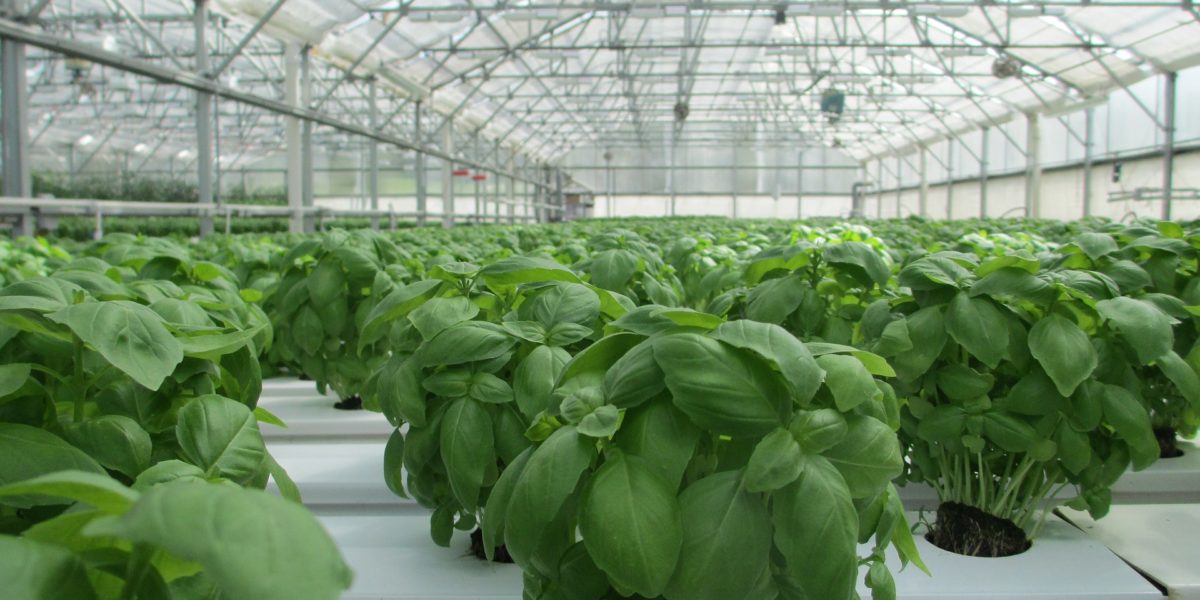
Commercial greenhouses rely on consistent, productive harvests to make a profit. The factors that go into maximizing a harvest are complex. While you can get optimal parameters without technology, it requires extensive manpower. Moreover, it simply is not feasible to have a worker constantly in charge of monitoring pH or EC. Because of this, measurements can only be taken manually. Then, it is scheduled for certain points throughout the day. If a sudden spike or drop in pH occurs, it will not show up until the next scheduled test. For industrial greenhouse systems, an automation program allows more control over conditions.
Sensors display data in real time. They can record data at specific intervals during the day or stream a constant flow of data. Likewise, data can flow constantly for viewing and only recorded at specific times.
Using sensors to monitor greenhouses allows for remote readings. They do it without needing a single worker to assist.
The Neo Sensor for Temperature and Humidity
The iMatrix Neo Sensor is an ideal way to monitor your hydroponic system. It operates on the iMatrix Cloud system to log and store crucial data about temperature and humidity. It’s reading range is more than sufficient for any agricultural application, and it’s especially suited to water culture growing. The Neo provides growers accurate, real time information about their plants’ environment. Whether you’re a beginner or a commercial grower, this sensor helps you maintain an optimal environment for growing your plants.
The easy, effortless setup requires virtually no labor, a perfect compliment to the labor it saves you in monitoring your grow room. Head to the iMatrix site for more about the Neo Sensor.
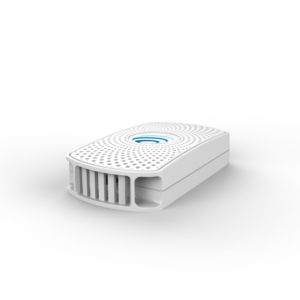
Specs and Key Features:
- Measures from -40℃ to 70℃, more than enough for any growing environment
- Measures Relative Humidity from 0% to 100%

The Neo connects through a small, BLE wireless gateway - Stationary or portable
- Connects to wireless gateway with BLE technology
- Self powered for up to 3 years
- IP65 waterproof
- Stores records even without wireless connection
- Allows access to past and current data through iMatrix Cloud
Greenhouse Control Systems
What are greenhouse control systems? These systems for greenhouses monitor parameters within a grow area. They also maintain several environmental factors, too. By using IoT technology with connected gateways, sensors detect data within the greenhouse. The system then modifies conditions to meet optimal levels. Sometimes these control systems have one main function, like maintaining photoperiods. They ensure that lights turn on and off based on prior input in the program. Other times, automated greenhouse control solutions create a comprehensive smart greenhouse management system.
Data shows logs remotely, with alerts for any readings outside of the specified range. Then, conditions can be altered to reach their ideal range. Conditions can be programmed in advance or modified as circumstances require. For example, growers add nutrients on a schedule, when EC falls, or growers can install nutrient on demand systems.
What equipment does a smart greenhouse need?
Assuming you already have your greenhouse set up, you will not need to add too much equipment. You will need to ensure you can remotely control your equipment, however. These integrated control systems work with sensor data to regulate the greenhouse environment. Wired and wireless sensors can both record greenhouse data. Often, a wireless gateway is also incorporated. This helps to control the various sensors, equipment, and report data.
Frequently Asked Questions
Can I use a greenhouse sensor for home hydroponic systems?
Yes! Sensors work in home hydroponic systems, and in a variety of environments. Depending on the sensor’s specifications, it works in either wet or dry environments (or both). That means that you can use sensors to monitor virtually any environment. From your hydroponic system, to a greenhouse, to your fish tank or terrarium, they work.
Does a hydroponic monitoring system take a lot of room?
This really depends on the equipment. However, technology has come a long way, and bulky equipment is quickly giving way to smaller models. Sensors, especially wireless sensors, take up very little room. The connected gateway does not usually take up much space either. So, while it depends on the build of the equipment, do not expect huge pieces of gear like you would see 20 years ago. If you are looking at temperature, humidity, or CO2, you need a sensor for each. If you want automation for your lights and irrigation, it is a more complex system.
How can I see what is in my nutrient solution?
EC (electrical conductivity) only measures the concentration of minerals in nutrient solution. However, there is some technology that can actually break down the components of the solution. These advanced devices often use a type of spectrometer or infrared light (IR). Each element and mineral has a distinct chemical signature. Because of that, it reflects light in a very specific way. Light is directed in a strong beam and passes through the water. The minerals reflect the light. A sensor records the light that passes through. This ‘reflection’ is then ‘read’ by the device. The device then shows the exact amount of each mineral within the nutrient solution.
What if power goes out when I am using a remote sensor system?
This goes back to the specific system and equipment you use for monitoring in hydroponics. Often, a sensor gets help from a battery backup, if available. That is why BLE technology is ideal for a remote sensor. While they cannot go on indefinitely without power, you do have some time. You still see all the sensor input, as long as the battery backup works. Not every sensor system includes a backup power option, though. If you live in an area with frequent power outages, it is better if you have a backup power supply on hand. If not, do not worry. A sensor transmits information. As long as it does not control an automation system, it is not a big issue.
